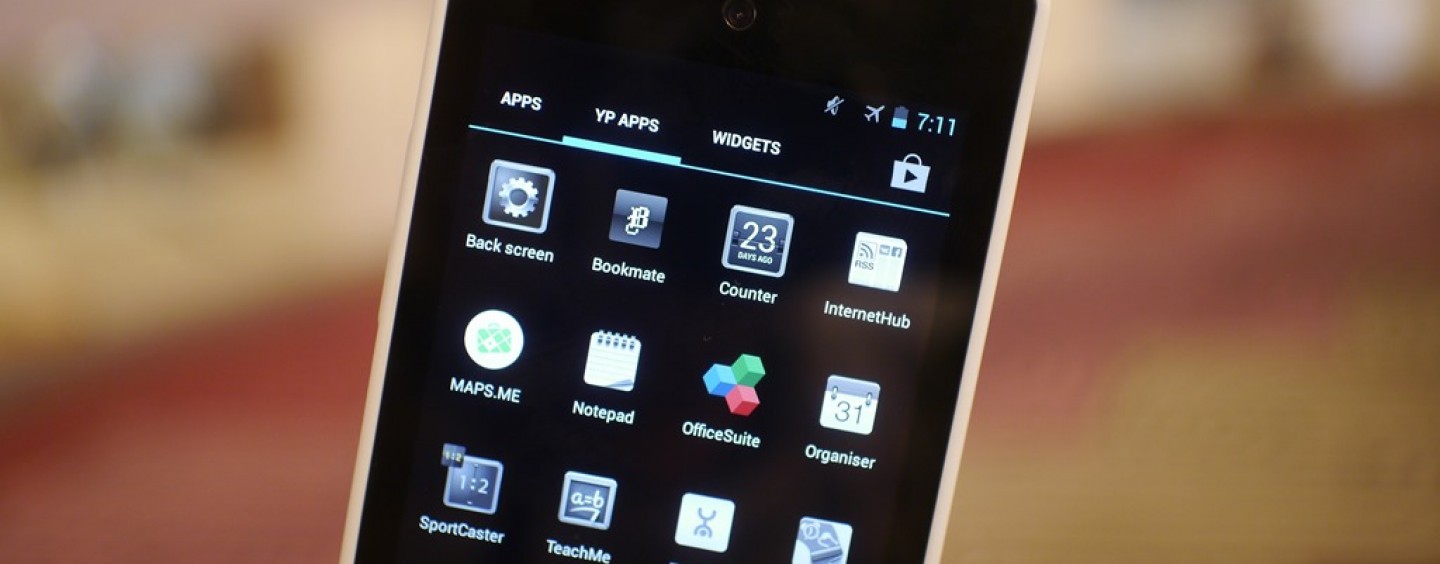You just have to be different at times to make people notice you, that applies the same for smartphones, you either have a unique form factor or the most peculiar software features to make yourself different from others. Russian company Yota Devices wanted to be different in the world of Android smartphones and therefore introduced the YotaPhone, the world’s first dual screen smartphone powered by Android, it sounds exciting and innovative to us on first impressions, but when it gets released in the Malaysian market one year later of its announcement, this review is going to be very different.
YotaPhone Video Review
ICYMI: YotaPhone Unboxing
YotaPhone Hardware Specifications
Processor: Qualcomm Snapdragon 400 1.7GHz Dual-Core
RAM/ROM: 2GB/32GB ROM
Display: 4.3″ HD (1280 x 720) IPS with Gorilla Glass (Main), 4.3″ E-Paper 640 x 360 (Secondary)
Camera: 13MP f/2.2 (Main), 1.3MP (Front)
Connectivity: WiFi 802.11 b/g/n, BT 4.0 LE
Networks: LTE Cat 3/DC-HSPA+/GSM
Battery: 1800mAh
Unique but outdated hardware
The YotaPhone isn’t beautiful at first sight and it isn’t ugly either, it just feels really special and unique, its contoured body design reminds us of what HTC has done on the old Desire and Legend, the phone is also very thick for today’s standards. The only love that we have is the polycarbonate material used on the phone’s body, it feels well-built and isn’t the cheap type of material that you can still find on some phones today.
Having a secondary display on the back feels really wrong and interesting, many of my friends have actually commented that they don’t even know that it’s a real working non-touch E-Paper display, in fact the E-Paper display looked more like a smartphone case or vinyl being stick on to the backcover, until you realize that it actually animates.
You’re probably not going to love how you use the YotaPhone, the device has a touch zone under the display’s bezels which you need to perform swipe gestures to access the usual Android function buttons, swiping to the left gives you the ‘Back’ button while right gives you the ‘Home’ button, holding and double tapping the middle zone gets you to Google Now and the app switcher respectively, it requires some time to get used to, but we would still prefer on-screen buttons. That touch zone feature unfortunately goes the same for the secondary display, it isn’t sensitive and is difficult to operate.
The phone’s IPS display isn’t the best that we’ve come across, though viewing angles and outdoor visibility is good, color saturation isn’t good and you’d find it difficult to work on such a small display when you’ve been exposed to phones with much larger displays.
What we truly appreciate the secondary display is that it tells you relevant information that you need to know, such as the time, weather, notifications
From far, you can already tell this is a YotaPhone, it has its own unique design language, but if we were to look at the ocean of smartphones that we see today, the phone’s design isn’t going to stand up against super slim and aluminum body smartphones.
Software = DOA
If you are thinking why the phone’s software experience looks so uninspired and dull like the E-Paper display, I won’t blame you. It’s really a shame that YotaPhone has decided to stop further develop the phone’s software, the hardware is certainly capable of supporting Android KitKat, but the company has decided to put its focus on the YotaPhone 2 and has left the poor YotaPhone running on an outdated Android 4.2.2 Jelly Bean, keep hitting that update button and we guarantee you that nothing will happen. In fact, we really wished that the YotaPhone hadn’t made its way into our shores.
Here’s some positive things, the phone has maintained the stock Vanilla Android experience which you’ll not face any performance issues on it despite running on a not-so-ancient but still outdated hardware internals, the Snapdragon 400 dual-core SoC still does its job well in running apps and the most graphic demanding games, but it is definitely not the multitasking champ you are looking for.
YotaPhone does include a dedicated apps section in the app drawer that is made for the secondary display, there’s a lot to do with the E-Paper display, from notifications to customizing your own widgets, even setting RSS feeds to show on it. There’s so much potential for it however the company has chose to include its localize Russian content rather than letting us selecting our own regional content, unless you know the Russian language, or else the included apps aren’t going to be useful.
Last, but not the least, you’ll be sad to know that there isn’t any app support for the E-Paper display, hit up Google Play and search for the keyword YotaPhone, apps for YotaPhone, or even secondary display, you’ll be left disappointed and speechless. The phone’s software is dead on arrival.
Camera
All that boring software has probably got us underwhelmed already, the YotaPhone’s camera thankfully doesn’t disappoint in most situations, though it isn’t the best 13-megapixel shooter out there, the phone still manage to produce some great quality shots, thanks to its f/2.2 aperture, indoor pictures look great.
Video recording looks really good on the phone’s display, the YotaPhone will take 1080p resolution videos at 30fps, however audio quality isn’t as impressive as we thought it would be.
Benchmarks, Battery Life and Network Quality
The YotaPhone can be categorized as a flagship if it was sold last year, benchmarks fortunately still look reasonably good on the phone, exceeding even some current mid range quad-core smartphones, the phone heats up easily when loaded.
While the secondary E-Paper display is meant to save users from activating the main display all the time, the phone’s battery life isn’t remarkable, only lasting us 12 hours of usage in between light to middle weight usage, you’ll need to charge the phone in the middle of the working day.
We find no issues on the phone’s network connectivity, though the phone only supports LTE Cat 3, we are satisfied with its fast and reliable network connection, our callers have also reported some decent voice call quality from our end even in noisy environments.
Verdict – A Promising Concept that Fails
The YotaPhone introduces an innovative concept that no smartphone makers have ever achieved but sadly, it’s a concept that fails to capture attention and lack of continuous support, just like how once Windows tablets were. The YotaPhone is a great smartphone, the company’s ignorant support on the product has made us lose confidence in future Yota made smartphones. The YotaPhone’s hardware and software already isn’t something to be excited about, the expensive price tag set by our local distributor is simply absurd and ridiculous, at the price of RM1,699, I could very much spend my money even on an old SamsungGALAXY S4 or HTC One M7, I could even get a PlayStation 4 with bundled games. Sorry YotaPhone, I know you are decent, but I simply can’t recommend this product.
The Good:
+ Decent hardware performance
+ Acceptable camera
+ Good network reception
+ Fun and Interesting E-Paper display
The Not So Good:
– No future software support
– Finger blocks camera lens in portrait
– Lack of supporting apps for E-Paper display
– Non-localized content
– Impractical navigation methods
– Boring display quality
The YotaPhone gets a score of 6.1/10


.jpg)




















